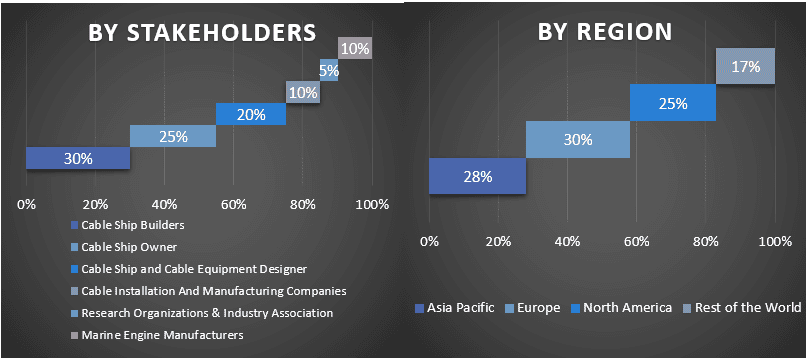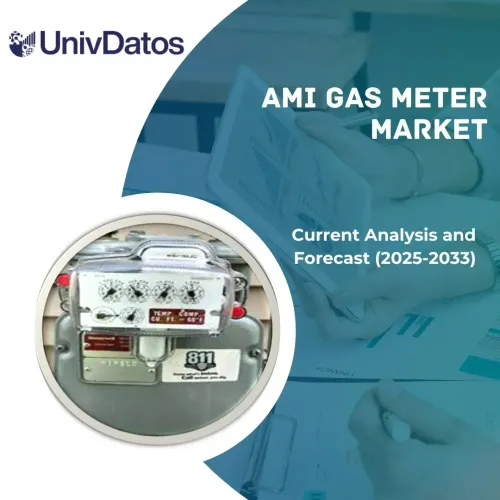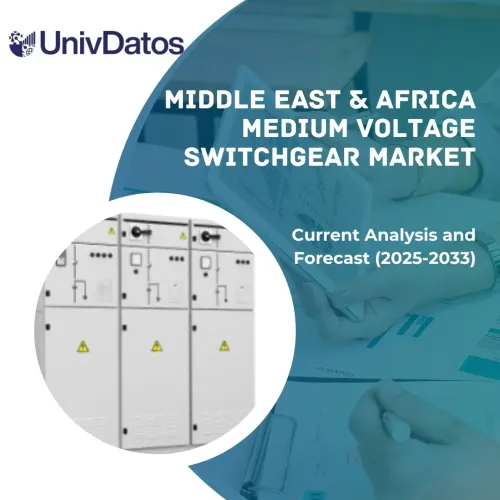- Home
- About Us
- Industry
- Services
- Reading
- Contact Us
Cable Laying Vessel Market: Current Analysis and Forecast (2022-2028)
Emphasis on Capacity (Below 1000 Tons, 1000 – 3000 Tons, 3001 – 5000 Tons, 5001 – 7000 Tons, and above 7000 Tons); Water Depth (Shallow Water and Deep Water); Vessel Type (Cable Laying, Cable Repairing, and Not Dedicated)); End-User (Offshore Oil & Gas, Offshore Wind Farms, And Telecom), and Region/Country

The Global Cable Laying Vessel Market is expected to grow at a significant CAGR of 9.9% during the forecast period owing to the growth of oil and gas industries and the telecommunication industry coupled with the installation of subsea cables is expected to boost the market
Moreover, the rising need for offshore wind energy in various regions is escalating the demand for submarine power cables for cross-border power grid connections to improve reliability. This cable is laid in the seabed by cable laying vessels. Thus, a rise in the investment in the production of renewable power, including offshore wind farms, is anticipated to create lucrative opportunities for the cable laying vessel market. For instance: As per the International Renewable Energy Agency (IRENA), 163 gigawatts (GW) of newly installed renewable power in 2021.
Some of the major players operating in the market include Hyundai Heavy Industries, Hanjin Heavy Industries & Construction, Damen Shipyards Group, Vard Group AS, K Shipbuilding, Samsung Heavy Industries, Ulstein Verft As, DEEP OCEAN, Royal IHC, Colombo Shipyard.
Insights Presented in the Report
“Amongst Capacity, 5001 – 7000 Tons category to witness robust CAGR during the forecast period”
Based on Capacity, the cable laying vessel market is segmented into below 1000 Tons, 1000 – 3000 Tons, 3001 – 5000 Tons, 5001 – 7000 Tons, and above 7000 Tons. Amongst Capacity, the 5001 – 7000 Tons segment caters to a considerable share in the cable laying vessel market. This segment is the most popular as most 5000-7000 tons capacity vessels can lay a large amount of cable at a good speed and with high efficiency and due to high capacity, they can carry good quality cables as well. For example, The Ndurance has a 5,000-ton capacity turntable for worldwide cable-laying activities.
“Amongst water depth, the deep-water to hold a significant share in the market in 2020”
Based on water depth, the cable laying vessels market is segmented into shallow water and deep water. Because these vessels are so bulky in their torso, a cable-laying ship cannot be used for operations in shoals or shallow waters where there is a chance of land merging with the waters because the shallowness of the water tends to curtail and hamper the movement of the cable laying ship. Therefore, most of the ships are operating in deep water environments.
“Amongst vessel type, the cable laying to hold a significant share in the market in 2020”
Based on vessel type, the cable laying vessel market is segmented into cable laying, cable repairing, and not dedicated. Amongst vessel types, the cable laying category is expected to acquire a significant share. Owing to increase laying activities in the offshore renewable industry, the demand for cable lying vessels is increasing. Further, companies are ordering vessels that can perform both laying and repairing work, as a result, the supply of the “not dedicated” category is likely to grow. However, the current CAGR of the not dedicated category is negative as there is less number of announcements of new orders. Although, we are anticipating that the market of this cable ship category would grow during the foreseeable future.
“Europe to hold a significant share in the market”
Europe is anticipated to grow at a substantial CAGR during the forecast period. The rising need to reduce carbon emissions and growing investment in renewable resources has positively influenced the market. Moreover, key market players are investing in technology and advanced cable laying vessels to improve transmission cable. For instance: The Leonardo da Vinci, the world’s largest cable-laying vessel will be dedicated to the execution of other projects such as the submarine power interconnection between the Spanish islands Lanzarote and Fuerteventura and the Saint-Nazaire offshore wind farm in France.
Reasons to buy this report:
- The study includes market sizing and forecasting analysis validated by authenticated key industry experts.
- The report presents a quick review of overall industry performance at one glance.
- The report covers an in-depth analysis of prominent industry peers with a primary focus on key business financials, product portfolio, expansion strategies, and recent developments.
- Detailed examination of drivers, restraints, key trends, and opportunities prevailing in the industry.
- The study comprehensively covers the market across different segments.
- Deep dive regional level analysis of the industry.
Customization Options:
The global cable laying vessel market can further be customized as per the requirement or any other market segment. Besides this, UMI understands that you may have your own business needs, hence feel free to connect with us to get a report that completely suits your requirements.
Table of Content
Analyzing the historical market, estimating the current market, and forecasting the future market of the global Cable laying vessel market were the three major steps undertaken to create and analyze the adoption of cable laying vessel in major regions globally. Exhaustive secondary research was conducted to collect the historical market numbers and estimate the current market size. Secondly, to validate these insights, numerous findings and assumptions were taken into consideration. Moreover, exhaustive primary interviews were also conducted, with industry experts across the value chain of the global cable laying vessel market. Post assumption and validation of market numbers through primary interviews, we employed a top-down/bottom-up approach to forecasting the complete market size. Thereafter, market breakdown and data triangulation methods were adopted to estimate and analyze the market size of segments and sub-segments of the industry pertains to. Detailed methodology is explained below:
Analysis of Historical Market Size
Step 1: In-Depth Study of Secondary Sources:
Detail secondary study was conducted to obtain the historical market size of the cable laying vessel market through company internal sources such as annual reports & financial statements, performance presentations, press releases, etc., and external sources including journals, news & articles, government publications, competitor publications, sector reports, third-party database, and other credible publications.
Step 2: Market Segmentation:
After obtaining the historical market size of the cable laying vessel market, we conducted a detailed secondary analysis to gather historical market insights and share for different segments & sub-segments for major regions. Major segments are included in the report as capacity, water depth, vessel type, and end-user. Further country-level analyses were conducted to evaluate the overall adoption of testing models in that region.
Step 3: Factor Analysis:
After acquiring the historical market size of different segments and sub-segments, we conducted a detailed factor analysis to estimate the current market size of the cable laying vessel market. Further, we conducted factor analysis using dependent and independent variables such as various capacity, water depth, vessel type, and end-user of cable laying vessel. A thorough analysis was conducted for demand and supply-side scenarios considering top partnerships, mergers and acquisitions, business expansion, and product launches in the Cable laying vessel market sector across the globe.
Current Market Size Estimate & Forecast
Current Market Sizing: Based on actionable insights from the above 3 steps, we arrived at the current market size, key players in the global cable laying vessel market, and market shares of the segments. All the required percentage shares split, and market breakdowns were determined using the above-mentioned secondary approach and were verified through primary interviews.
Estimation & Forecasting: For market estimation and forecast, weights were assigned to different factors including drivers & trends, restraints, and opportunities available for the stakeholders. After analyzing these factors, relevant forecasting techniques i.e., the top-down/bottom-up approach were applied to arrive at the market forecast for 2028 for different segments and sub-segments across the major markets globally. The research methodology adopted to estimate the market size encompasses:
- The industry’s market size, in terms of revenue (USD) and the adoption rate of the cable laying vessel market across the major markets domestically
- All percentage shares, splits, and breakdowns of market segments and sub-segments
- Key players in the global Cable laying vessel market in terms of capacity, water depth, vessel type, and end-user Also, the growth strategies adopted by these players to compete in the fast-growing market
Market Size and Share Validation
Primary Research: In-depth interviews were conducted with the Key Opinion Leaders (KOLs) including Top Level Executives (CXO/VPs, Sales Head, Marketing Head, Operational Head, Regional Head, Country Head, etc.) across major regions. Primary research findings were then summarized, and statistical analysis was performed to prove the stated hypothesis. Inputs from primary research were consolidated with secondary findings, hence turning information into actionable insights.
Split of Primary Participants in Different Regions

Market Engineering
The data triangulation technique was employed to complete the overall market estimation and to arrive at precise statistical numbers for each segment and sub-segment of the global cable laying vessel market. Data was split into several segments & sub-segments post studying various parameters and trends in the areas of capacity, water depth, vessel type, and end-user in the global cable laying vessel market.
The main objective of the Global Cable Laying Vessel Market Study
The current & future market trends of the global cable laying vessel market were pinpointed in the study. Investors can gain strategic insights to base their discretion for investments on the qualitative and quantitative analysis performed in the study. Current and future market trends determined the overall attractiveness of the market at a regional level, providing a platform for the industrial participant to exploit the untapped market to benefit from a first-mover advantage. Other quantitative goals of the studies include:
- Analyze the current and forecast market size of the cable laying vessel market in terms of value (USD). Also, analyze the current and forecast market size of different segments and sub-segments
- Segments in the study include areas of capacity, water depth, vessel type, and end-user.
- Define and analysis of the regulatory framework for the cable laying vessel
- Analyze the value chain involved with the presence of various intermediaries, along with analyzing customer and competitor behaviors of the industry.
- Analyze the current and forecast market size of the cable laying vessel market for the major region.
- Major countries of regions studied in the report include Asia Pacific, Europe, North America, and the Rest of the World.
- Company profiles of the cable laying vessel market and the growth strategies adopted by the market players to sustain in the fast-growing market
- Deep dive regional level analysis of the industry
Related Reports
Customers who bought this item also bought










